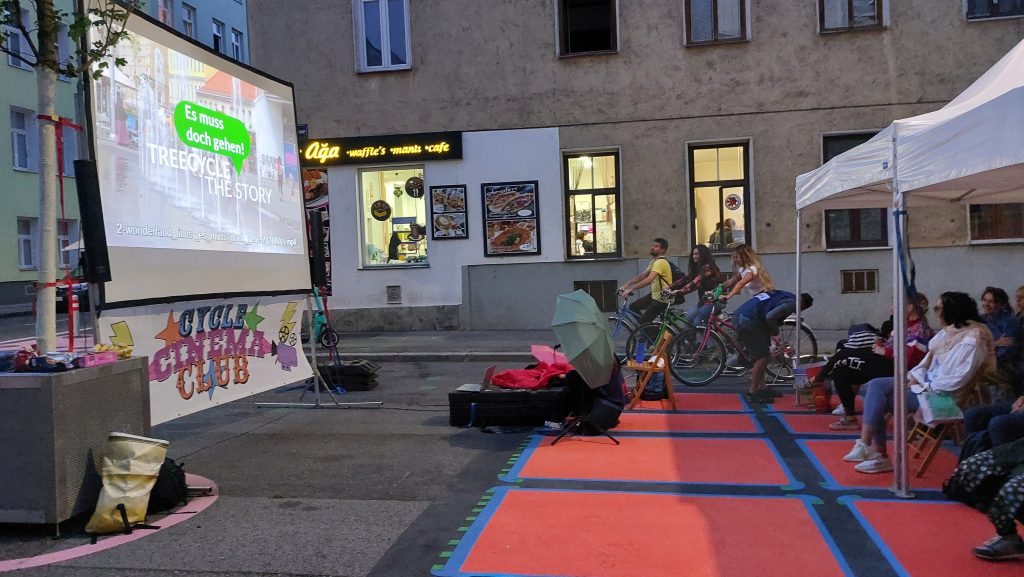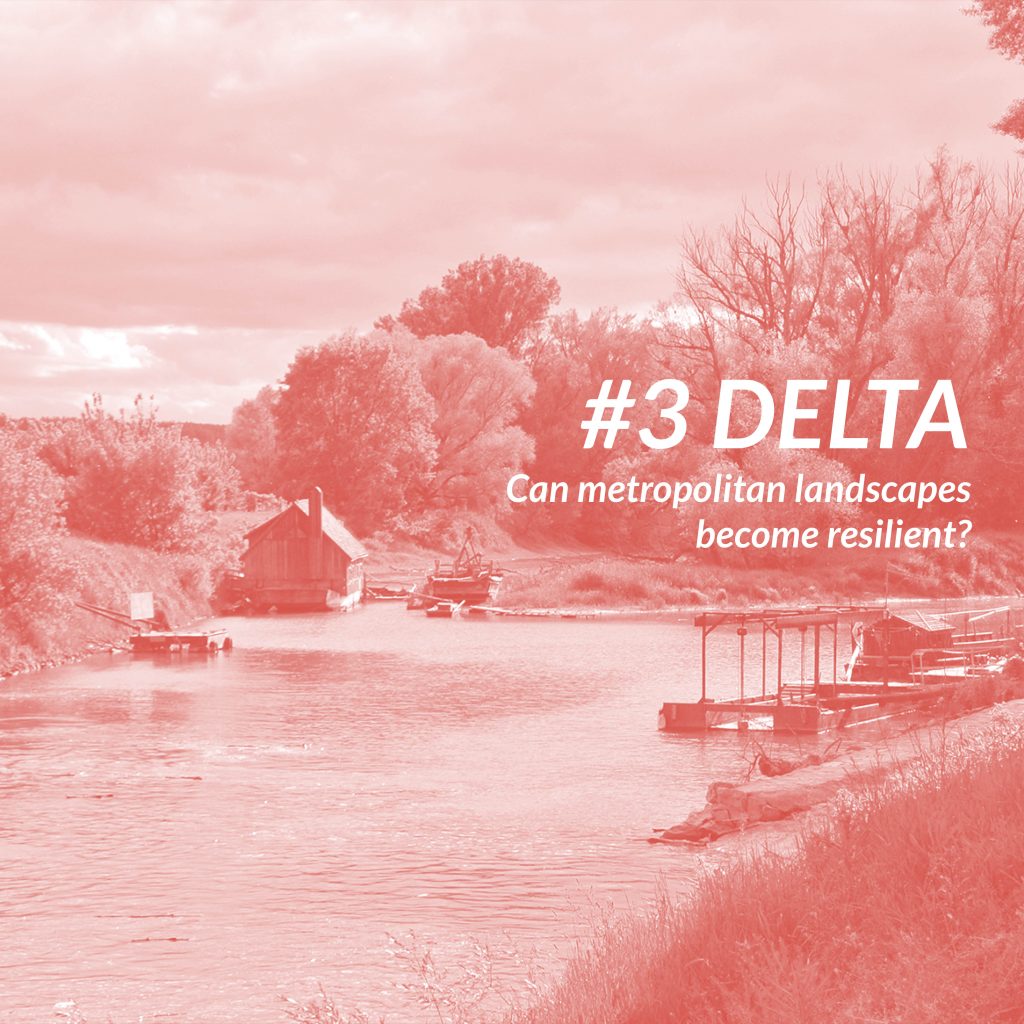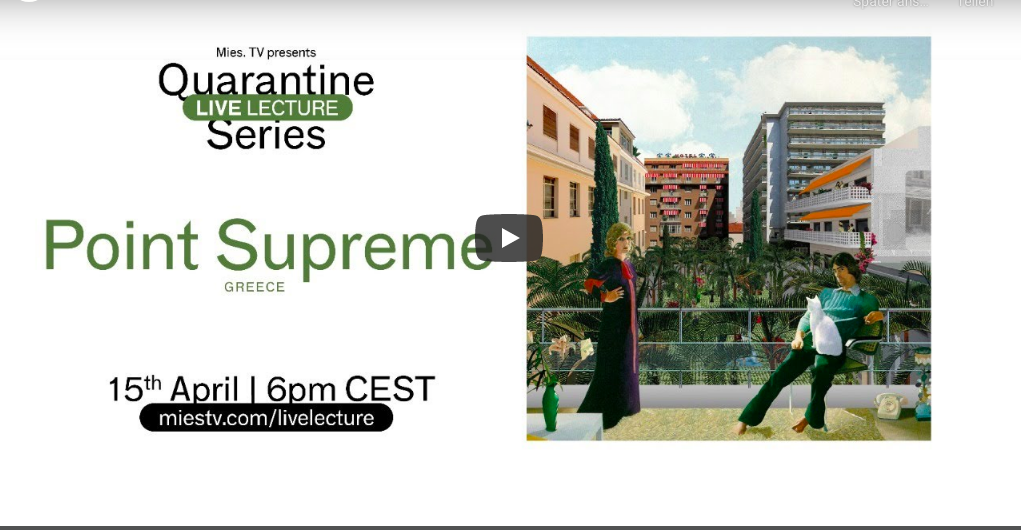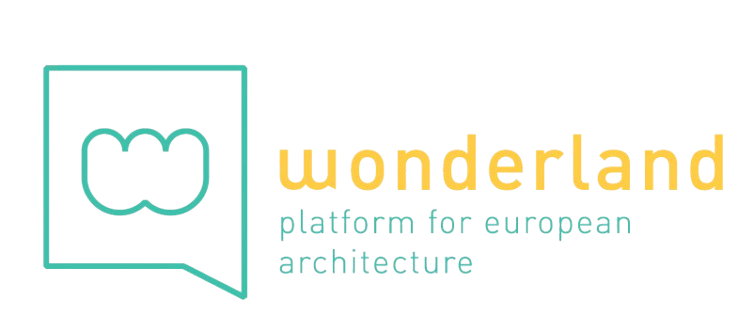By Maryam Shah
Abandoned structures have complex historic and heritage values. Some values emerge from what the building was before it was a ruin, and some are associated with the ruined state of the structure. As much as a ruined building a remnant of what it was, it a hint of what it can be. Abandoned architectural structures have the opportunity to become something new while carrying with them the legacy of what they were years ago. New memories and associations built on the previous values give the architecture the ability to connect the past, present, and future, all in new forms. The identity of the abandoned building gives it a new identity and brings with it new promises of community connections. Bringing something new to life from the remains can mellow down the negative associations with the process of abandonment of a building. An example of such a case of conversion of ruin to a new space for community strengthen is LaFábrika de toda la Vida. An industrial ruin that was converted to creative space, with community involvement on every step.
The Factory of a Lifetime or LaFábrika de toda la Vida, previously known as The Asland cement factory, was an abandoned factory. Located in Extremadura, a rural region of western Spain, the Asland cement factory was constructed in 1955 to facilitate the cement supply for many construction projects going on around the surroundings. The rural village of Los Santos de Maimona had always been engaged with agriculture. It saw major economic shifts with job opportunities and a growing population. 18 years later when the factory closed due to the completion of projects, the economic growth of the rural town also came to a halt.
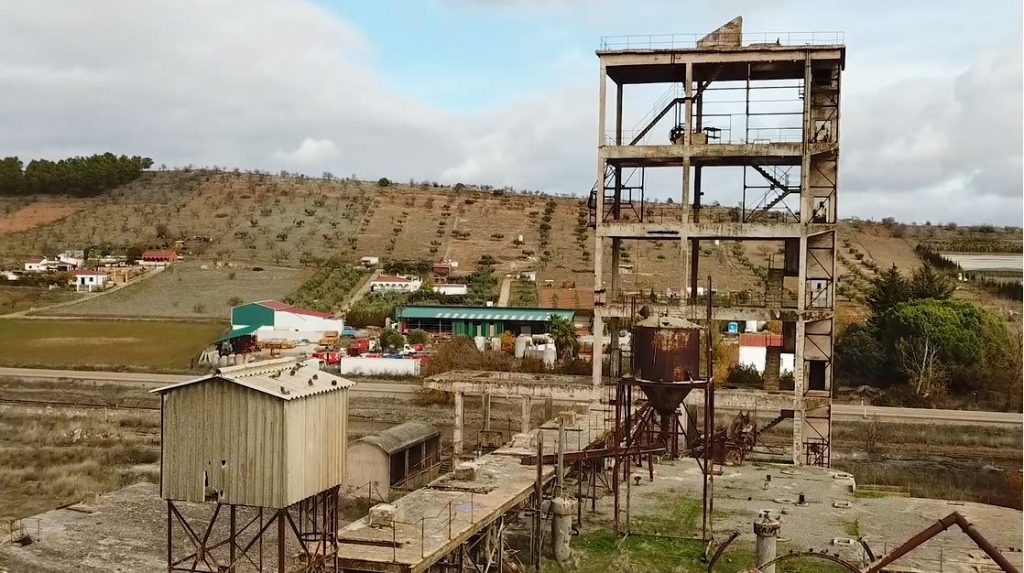
“We don’t want to emigrate. We want to continue to enjoy this wealth, which is a right of our town.” Asland factory worker, Hoy newspaper, 19 April 1972
During the 25 years of abandonment, heritage values associated with the cement factory varied from person to person. Some people still held on to the good times and the economic prosperity this cement factory brought to the town, while some clung to it as a representation of false hope and promises of the long-term prosperity of the town.
A new life:
New beginnings and meaning to the factory site were given by the youth of the local population. They took the abandoned factory and its ruined state as an opportunity to give new life to the people as well as the building. The building space as well as its associations were redirected along a new path of community development and creative thinking. The idea of the initiators of the project wanted to focus on public intervention along with restoration of the space. They wanted to keep the essence of the factory i.e. to produce something beneficial for the town. For this, they planned to convert it from the ruins of a cement factory to a factory for social management and leisure in a rural setting. This would be the initiator of establishing a network of creators, thinkers, and social agents. The aim was to rewrite the history of what was now considered an ‘industrial failure’ and convert the previously flourishing factory into a productive and relevant space for the community.
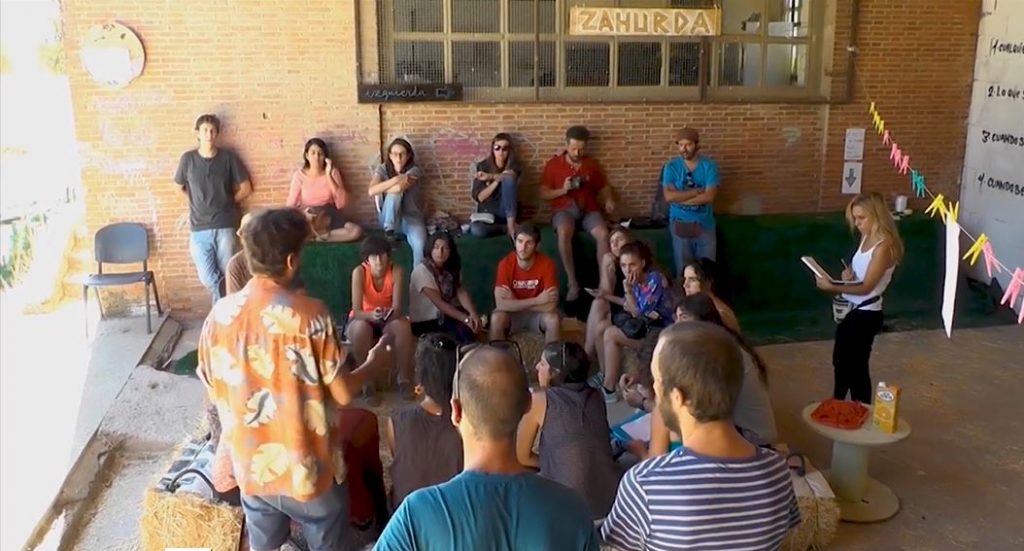
“We’re changing the associations with the memory of the factory. We’re changing the historical associations that my grandmother has and that I have when we think about the factory.” Siro Santos
The DIY construction ethic:
Community involvement and creative thinking were not just kept as a product of this project but were a major part of converting this ruin into a creative space. A conscious decision regarding the restoration of the factory building to a useable space. With the core values of free culture and contribution to commons, the founding members aimed to reuse materials for the restoration with zero cost. Previously inaccessible areas have been cleared and new green areas are added. The façade of some of the factory buildings has also been renovated.
“...our position is to keep reusing material and standing in defense of the heritage site with very concrete and visible interventions to continue recovering materials.” Siro Santos
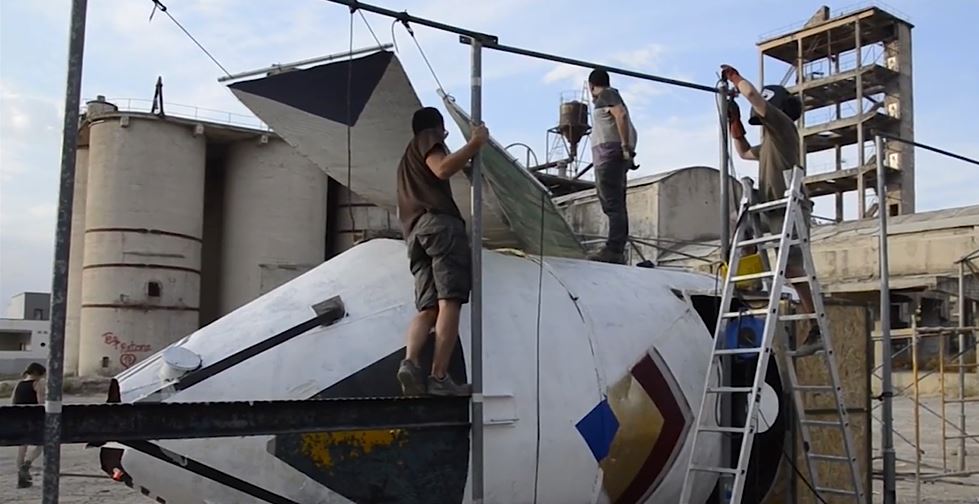
DIY construction and using recycled materials was a conscious decision to prove, for example, the many ways in which construction can be used to educate, engage and build the community. This restoration and reconstruction method ensures social capital, which is equally important as economic capital. In the process of renovating the factory space together, the exchange of knowledge, labor, and time spent collaborating and problem-solving end up strengthen the community bond. LaFábrika de Toda la Vida has given the younger generation of the town, who had left to seek better opportunities, an opportunity to come back and actively take part in not just a new space to interact, but in the process of creating this space. Every member of the community has their part in recreating this space and hence creates a sense of ownership.
Coexistence in harmony:
Various organizations, projects, initiatives, and individuals have made LaFábrika de Toda la Vida their home and put in dedicated efforts to convert to a creative culture space that can benefit the town and change its social fabric for the better. It holds open house days of lectures, workshops, and community activities. It also arranges open-air screening of short films, documentaries, films, and plays. Territorio Komún (Common territory), a platform for open participation for collaborating on creative and cultural content.
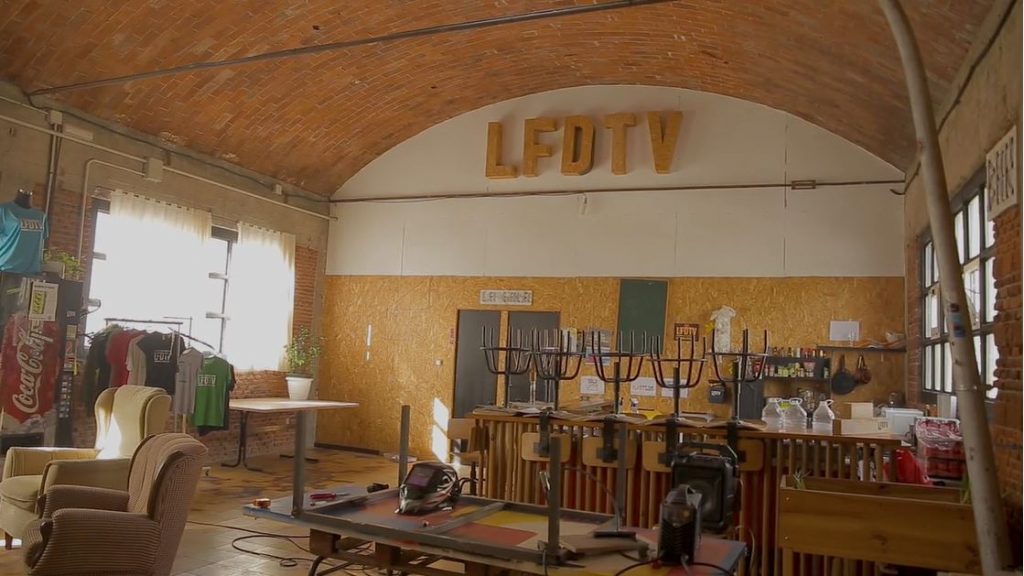
From the beginning of the idea, this project has promoted the involvement of the community in every step of the process, be it taking suggestions or the involvement of the youngsters in renovation works. LaFábrika de toda la Vida has turned into a space that is owned by its users through their contribution at present, or their association with it in the past. It stays sensitive to the building’s history and the identity it has gained as a ruin. It has become an example of the birth of something creative from the very ruins, that holds on to the building’s past while marching into the future.
Watch the video produced by Platoniq for La Fábrika de toda la vida.
To get further details, download LaFábrika Oservatory Case

